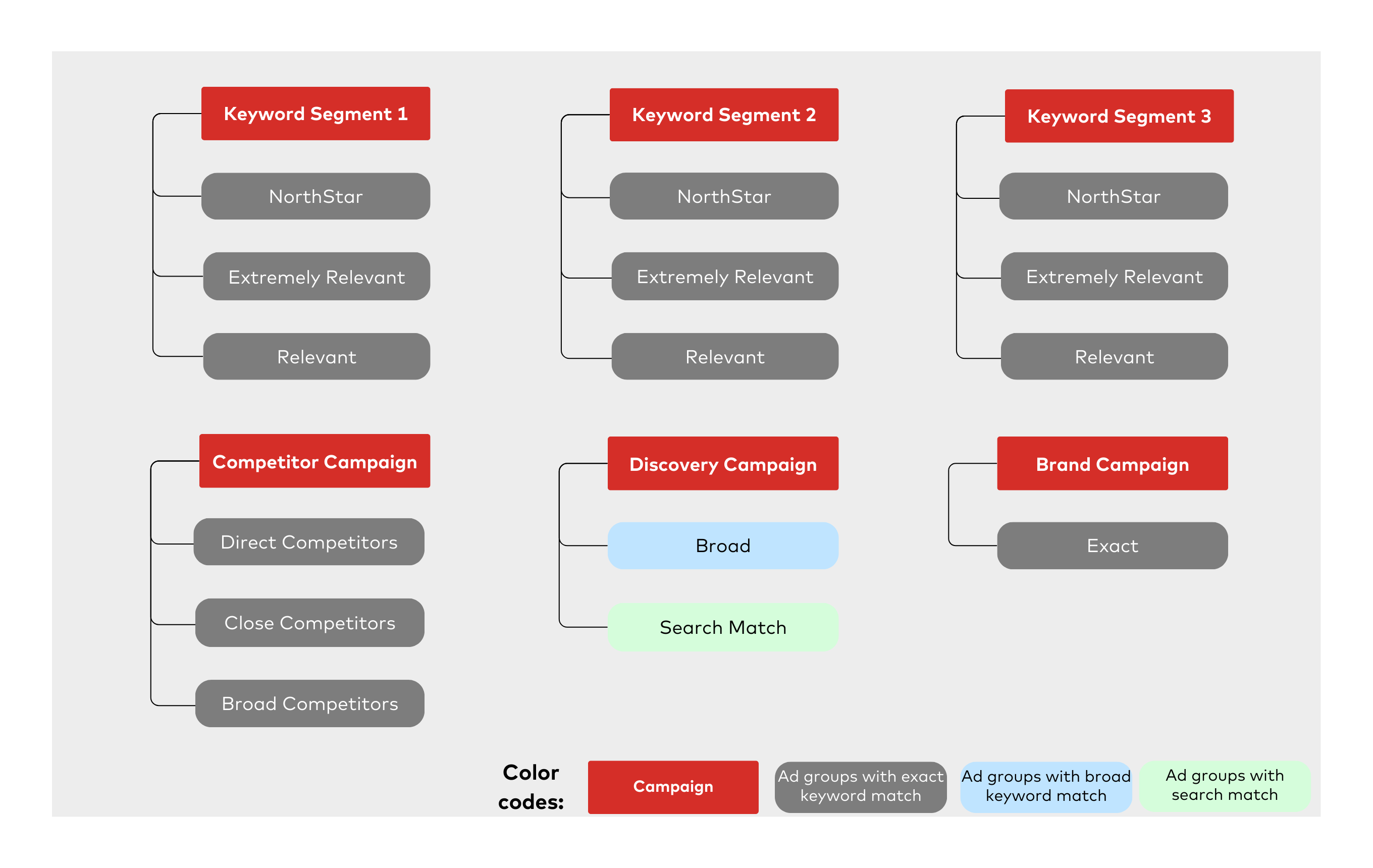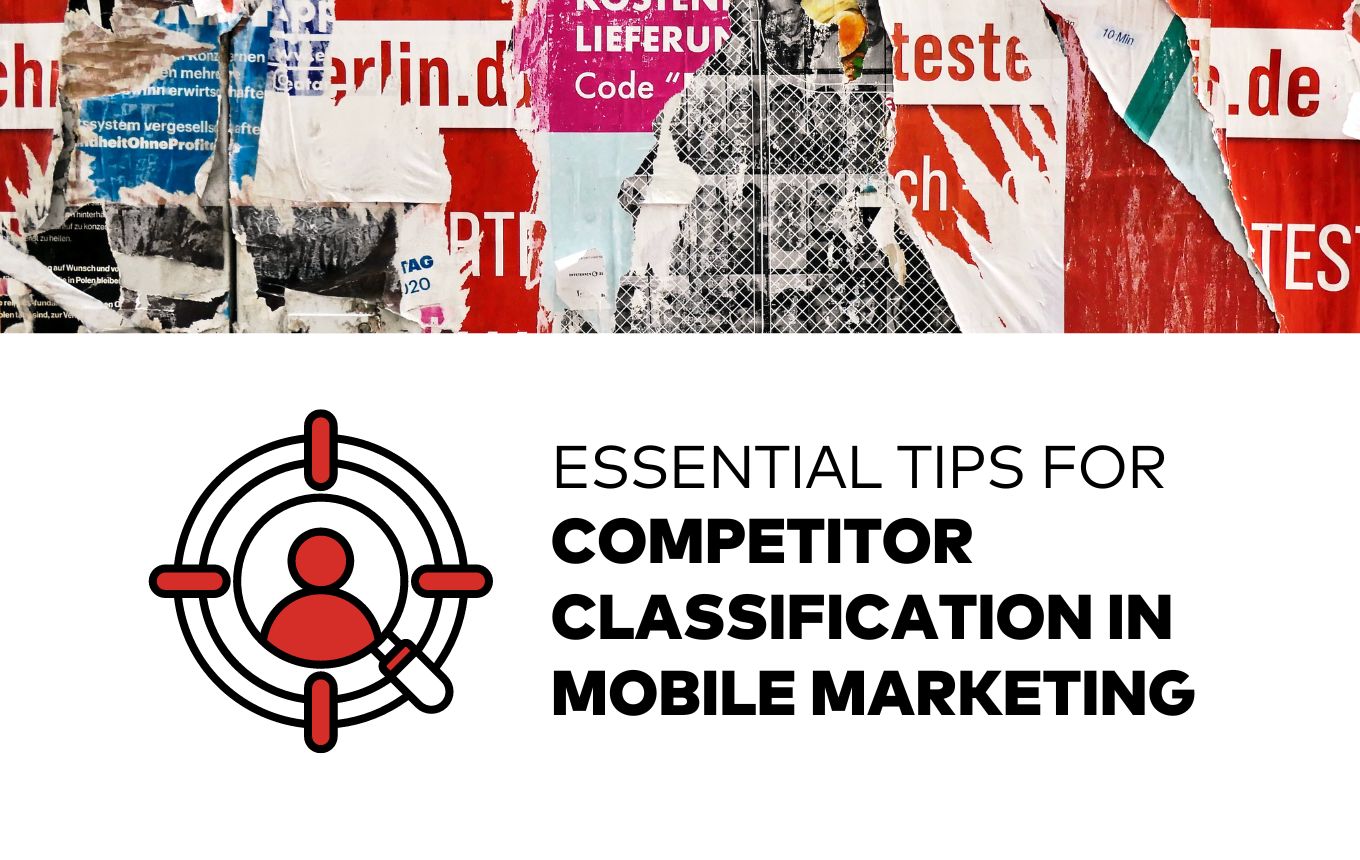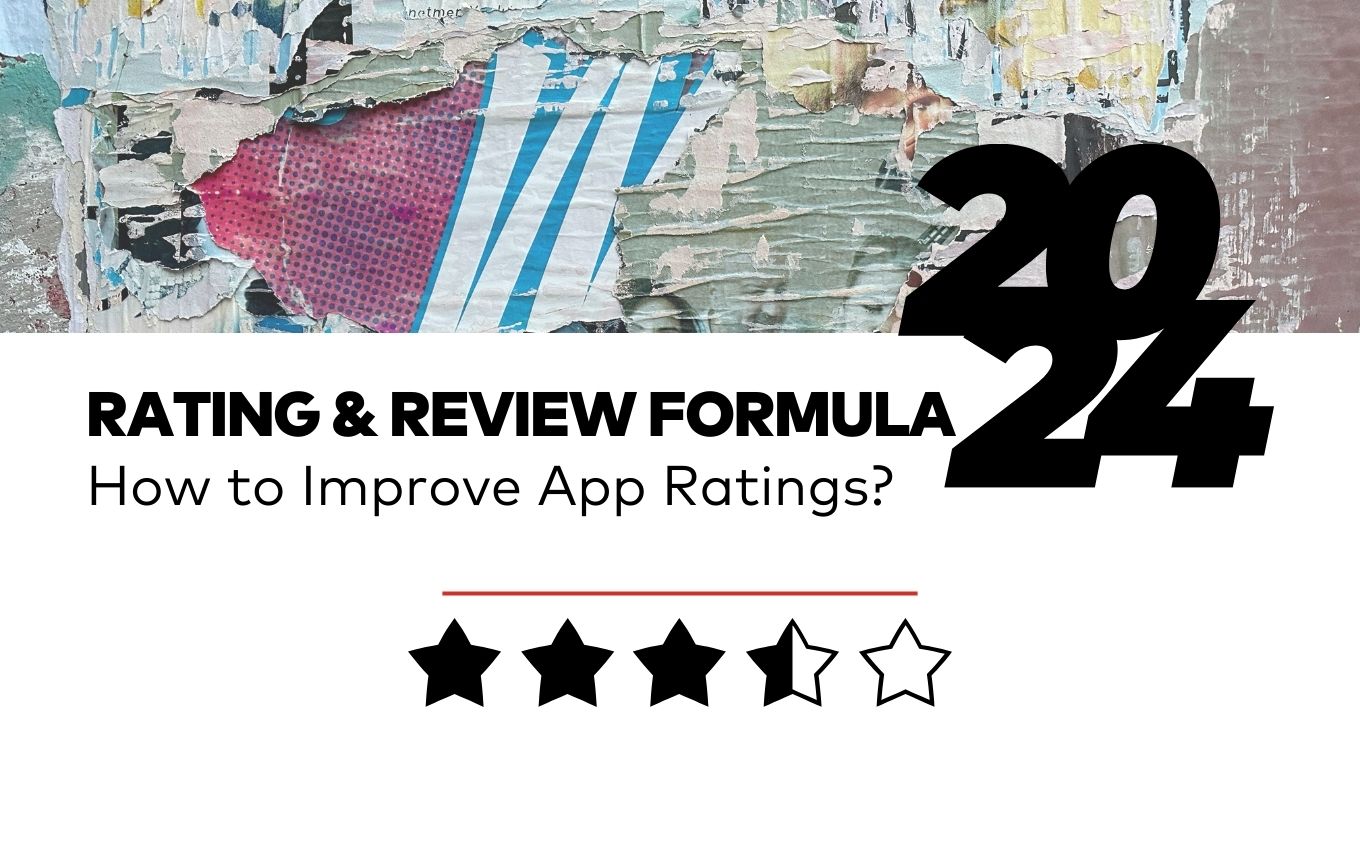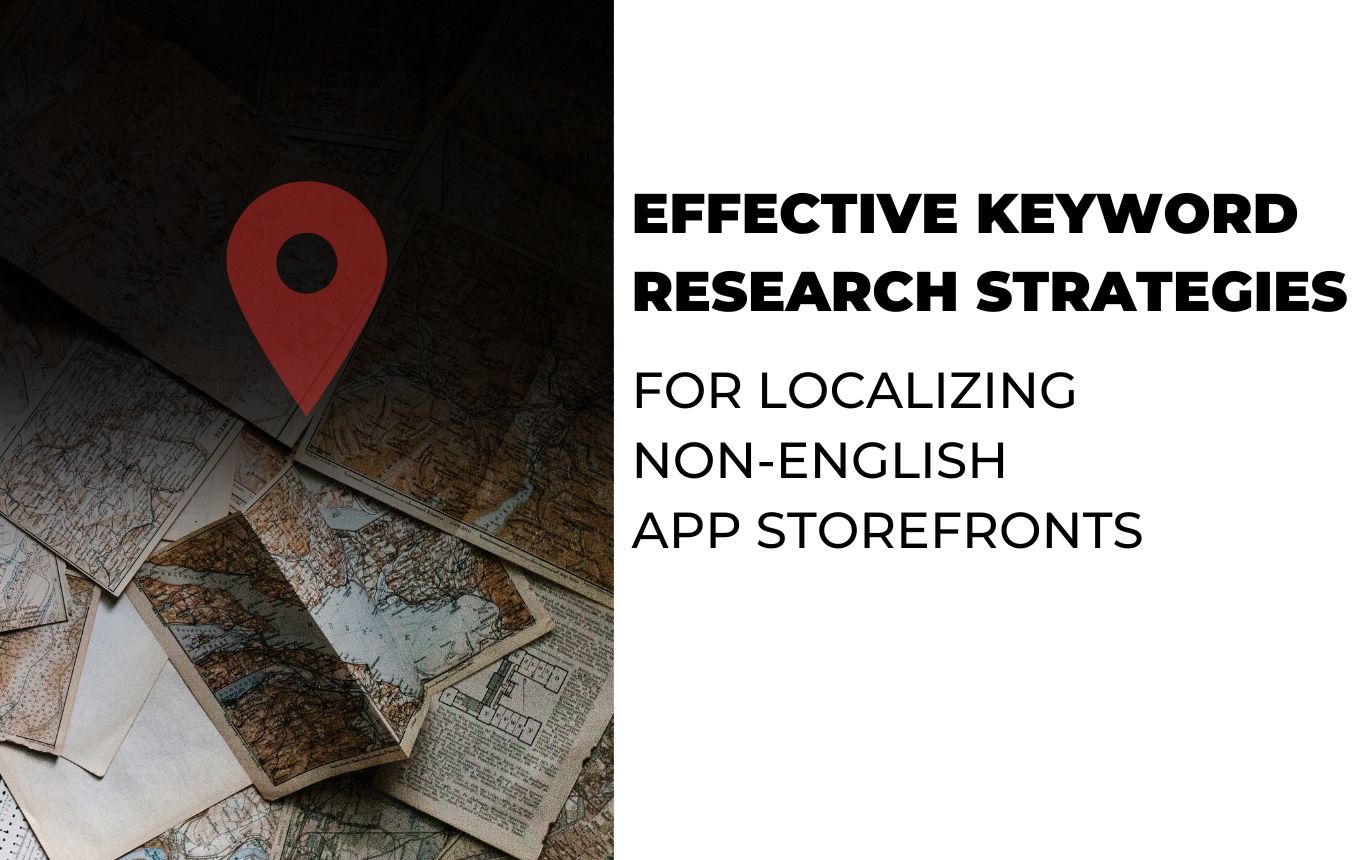Synergizing ASO and ASA: A Blueprint for App Visibility and Growth
Discover methodological approach to leveraging ASA data to refine your ASO strategies, enhancing visibility and organic traffic.
.png)
In mobile app marketing, achieving standout visibility has become a nuanced art, particularly within App Store Optimization (ASO) and Apple Search Ads (ASA). Apple's guarded approach towards organic traffic data has historically posed challenges for ASO analysis and decision-making. However, the advent of ASA has brought a wave of optimism to the industry, not solely for its direct traffic-driving capabilities but also for the granular, keyword-level data it provides.
This article delves into a methodological approach to leveraging ASA data to refine your ASO strategies, enhancing visibility and organic traffic. Before diving deep into the details, it's crucial to understand the data landscape across platforms and how it informs keyword optimization strategies.
Understanding the Data Environment for ASO
Data points from various sources are instrumental in shaping optimization strategies:
- App Store Connect provides insights into impressions, first-time downloads, and conversion rates, all filterable by traffic channels and countries.
- Apple Search Ads offers invaluable keyword-level data, including volume, installs, conversion rates, and more.
- Mobile Intelligence Tools, such as Apptweak, augment this with estimates on keyword volume, reach, and competitiveness metrics.
Historically, keyword optimization has leaned heavily on volume and ranking data. However, this approach falls short in today's competitive app marketplace. A more holistic view of available data is essential for refining keyword-level conversion rates, understanding post-install metrics, and generating insights that drive both organic search optimization and user engagement.
3 Custom Categories to Shape Your ASO & ASA Operations
To systematically leverage ASA data for ASO, it’s crucial to structure your approach around three custom categories: Keyword Types, Relevancy Levels, and Keyword Segments. This structured approach ensures targeted optimization efforts and maximizes your app's visibility and user acquisition potential.
1. Keyword Types
Brand, Generic, Competitor: Before diving into ASA campaign creation, categorize your keywords based on these types. This early categorization, conducted post-keyword research, serves as the groundwork for targeted ASA campaigns and informs your overall marketing strategy.
- Brand Keywords include your brand name, directly tied to your app (e.g., "Otherwayaround meditation app").
- Competitor Keywords feature competitors' brand names, allowing you to strategically position your app against them (e.g., "headspace").
- Generic (Non-Brand) Keywords are descriptive, relating to what users are searching for without including any brand names (e.g., "meditation for beginners").
2. Relevancy Levels
Defining relevancy levels—NorthStar, Extremely Relevant, Relevant, Somewhat Relevant, and Low Relevance—helps prioritize keywords based on their potential impact on your app's visibility and user acquisition.
- NorthStar Keywords: These are highly relevant, often central to your app's value proposition, and should be prioritized in your marketing efforts.
- Extremely Relevant Keywords: Directly describe your app’s offerings or value proposition.
- Relevant Keywords: Important for ensuring your app appears in searches related to its functionality and benefits.
- Somewhat Relevant Keywords: Related to potential user interests or behaviors but not directly describing your app’s core offerings.
- Low Relevance Keywords: Tangentially related or competitive keywords with strategic value in capturing niche markets or defensive branding.
3. Keyword Segments
The concept of keyword segments is pivotal in crafting a nuanced ASO strategy that aligns closely with user intents and the multifaceted features of your app. This segmentation not only facilitates the targeting of specific user groups but also enhances the efficacy of both organic and paid acquisition channels. Let’s delve deeper:
- Defining Keyword Segments: This involves a detailed analysis of your app's functionalities, user intents, and the search queries they might use. For instance, a fitness app could have segments like "Workout Routines," "Nutrition Tracking," and "Wellness Communities," each catering to different aspects of the user's journey.
- Utilizing Segments for ASO & ASA: By aligning your keyword strategy with these segments, you can create more personalized and relevant app store listings and ASA campaigns. This targeted approach not only improves visibility in app store search results but also increases the conversion rate by addressing the specific needs and interests of your audience.
- Segment-Based Optimization: Each segment allows for focused optimization efforts. For example, you might prioritize certain segments based on seasonal trends, app updates, or strategic business objectives. This enables dynamic adjustments to your ASO and ASA strategies, ensuring they remain aligned with both market demands and your app’s core strengths.
- Feedback Loop for Continuous Improvement: Analyzing performance data by segment can provide deep insights into user behavior and preferences, informing further refinements to your app’s features, user experience, and marketing messages. This creates a feedback loop that continuously enhances both user acquisition and retention strategies.
Practical Examples of Keyword Segmentation
Let's illustrate this with examples:
- MyFitnessPal might have segments like Nutrition Tracking, Exercise Logging, and Weight Loss Goals, each targeting different user needs with specific app store keywords.
- Uber could segment keywords around Ride Booking, Airport Transfers, and Safety Features, reflecting its service offerings and user concerns.
- Dropbox, on the other hand, would focus on Cloud Storage, File Sharing, and Access Across Devices, aligning its keywords with the functionalities it provides.
Creating an ASA Account Structure That Enhances ASO
A well-organized ASA account structure, tailored around keyword segments and relevancy levels, facilitates a seamless flow of insights between paid and organic channels. This structure should include campaigns for each keyword segment and ad groups based on relevancy, with distinct campaigns for brand and competitor keywords.

Tailoring Your Efforts for Maximum Impact
.png)
Group 1: Highly Focused Approach
- Tailored keyword optimization strategies.
- Dedicated Conversion Rate Optimization (CRO) plans.
- Specific single keyword campaigns on Apple Search Ads (ASA) as needed.
- Individual Custom Product Page (CPP) tactics for each keyword.
- Weekly detailed reports for each keyword on all metrics, covering both organic and paid channels.
Group 2: Segment-Based Strategy
- Optimization strategies for keyword segments.
- Distinct CRO plans for different keyword segments.
- Dedicated ad groups on ASA for each segment.
- Segment-specific CPP strategies.
- Weekly updates on pre-install Key Performance Indicators (KPIs) and metrics, with monthly reviews covering both pre- and post-install data.
Group 3: Selective Priority Management
- Lower priority for keyword optimization.
- Use as an insight source and lower priority in CRO planning.
- CPPs from the extremely relevant keywords within the same segment.
- Weekly high-level summaries, with monthly detailed reports on both pre-and post-install KPIs and metrics.
Group 4: Periodic Review
- Quarterly insights into keyword optimization strategies.
- Considered as an insight source for CRO planning.
- Monthly updates on pre-install KPIs and metrics.
Group 5: Insight and Trend Monitoring
- Quarterly strategic insights into keyword optimization.
- CRO planning insights.
- Monthly reports on keyword rankings and volume changes.
By structuring keyword optimization efforts into these groups, businesses can ensure a nuanced approach that aligns with their ASO goals, enhancing both visibility and user acquisition efforts in the app stores.
Maximizing Impact with Strategic ASO and ASA Approaches
The integration of App Store Optimization (ASO) and App Store Ads (ASA) empowers you to synergize various Key Performance Indicators (KPIs) and metrics across keywords and strategic levels.
Rather than solely focusing on increasing metadata volume, this approach allows for a nuanced analysis of post-install profitability metrics by keyword segment. You're enabled to delve into metrics like Tap-Through Rate (TTR), Conversion Rate (CR), and the journey from install to trial or subscription. This analysis facilitates targeted experiments to refine your Conversion Rate Optimization (CRO) strategy and enables systematic planning and execution of custom product page (CPP) efforts.
Beyond the systematic use of granular data, this methodology provides profound business insights, allowing the integration of business objectives into mobile marketing strategies.
Applying Insights to Business Strategy: A Case Study
Consider a scenario involving a step tracker app with a solid user base, ranking between the 1st and 5th positions for related keywords. With Apple integrating step tracking into iPhones, enhancing our app became imperative. We introduced a running tracker, along with cycling and hiking features, prioritizing the running tracker due to development resource allocation. Our goal: to bolster our app's features, driving user acquisition while maintaining the step tracker's performance and its user base.
Employing the comprehensive method outlined, the insights gained are not only pivotal for optimizing ASO and ASA performance but also for strategic business planning.
By categorizing KPIs and metrics for each keyword segment, you gain the ability to:
- Assess market volume and competition for each feature group.
- Implement feature-specific CPPs for strategic updates to your product page, safeguarding existing rankings and user traffic.
- Post-CPP adjustment, evaluate the performance of each new feature in terms of trial and subscription conversion rates, cost per install, and Lifetime Value (LTV), identifying the most profitable avenues.
- Determine which feature groups and keyword segments show rapid improvement in rankings, and whether organic optimization priorities should shift based on the post-install performance of features like less competitive hiking and cycling.
- This strategic framework not only enhances ASO and ASA outcomes but also aligns closely with broader business objectives, ensuring a cohesive approach to mobile marketing and product development.
In Conclusion
At OtherWayAround, we understand the complexity between optimizing for visibility and achieving business objectives through mobile marketing. Our approach goes beyond traditional ASO and ASA, diving deep into your app's data to mine actionable insights that align with your strategic goals. Whether you're looking to refine your keyword strategy, improve feature prioritization, or enhance your overall market presence, we're here to guide you through every step of the way.
Ready to transform your mobile marketing strategy with precision and innovation? Reach out to us, and let's explore how we can turn insights into action and drive your app towards greater success.



